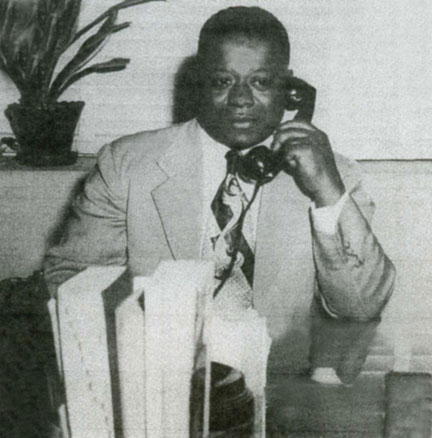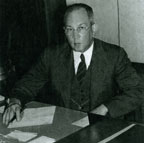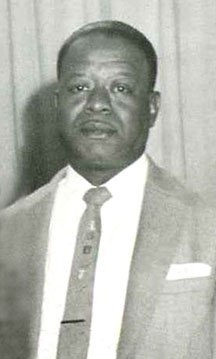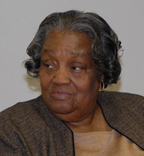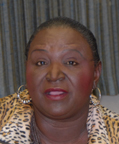

Educational Leader:
“Mr. Richardson was like a father - - and school was like a family.” Geneva B. Barrow |
||||||||||||||||||||
“Principal F. M. Richardson was a dedicated, intelligent, and nurturing principal who insisted upon good discipline. You were to behave yourself, and we did.” Sarah Redden William LaCaze |
||||||||||||||||||||
|
||||||||||||||||||||
The Secondary School Study was establishing new roles for educational administration and leadership. Democratic ideals served to define the experimental efforts of schools. The principal provided direction (and instilled confidence) while also fostering flexibility and extending authority among the staff. Articulating and achieving such a balance of strong leadership with diffused authority proved difficult, and the careers of each “life-long principal” of the Secondary School Study warrant further study. Principal Frederick M. Richardson, a graduate from Southern University, brought out feelings of kindness and respect among teachers and students. |
||||||||||||||||||||
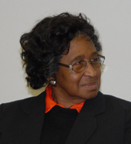 Alma Lofton Johnson |
||||||||||||||||||||
| “Mr. Richardson was a gentle soul, a very pleasant man with a nice sense of humor. He ran our assemblies like fireside chats. There was a dignity to him.” Alma Lofton Johnson | ||||||||||||||||||||
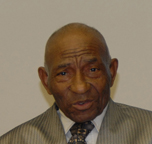 LeRoy Wafter |
||||||||||||||||||||
| “Mr. Richardson was very concerned about the instruction. Students could always talk to him; he always had time. He would sit and listen and take it all in. And then he would respond. He was very concerned about us; he cared and helped us with our relationship to the teachers.” LeRoy Wafter |
||||||||||||||||||||
|
||||||||||||||||||||
| Mr. Richardson attended Secondary School Study summer workshops and meetings and, clearly, was guided by progressive educators and staff from the Eight Year Study. Rev. J. D. Dupree remembers, “Mr. Richardson attended New York University and worked with those who were guided by the writings of John Dewey. When he became principal of the high school, he would work with faculty and ask how would we take care of the needs of these children and how do we send these children out into the world. That was his focus when he talked to the faculty. I didn’t see this as a student, but when I became a teacher and worked with some of the same who taught me, I then began to see this: how students would have to address society and confront the world.” | ||||||||||||||||||||
|
||||||||||||||||||||
“Mr. Richardson was caring, considerate, and firm. A quiet person who never had to raise his voice, Principal Richardson knew that we did what he said. He walked the schools quietly; he was always watching and would talk to students as individuals.” Lusetta Anthony |
||||||||||||||||||||
“Principal Richardson was a quiet spoken, mild-mannered person . . . . BUT, the students knew he meant business and was very professional. He demanded respect. He was a civic leader and a community leader. He had such an impact on the town that there is now the F. M. Richardson Park.” |
|
|||||||||||||||||||

an institutional member of the International Coalition of Sites of Conscience
curator@museumofeducation.info

